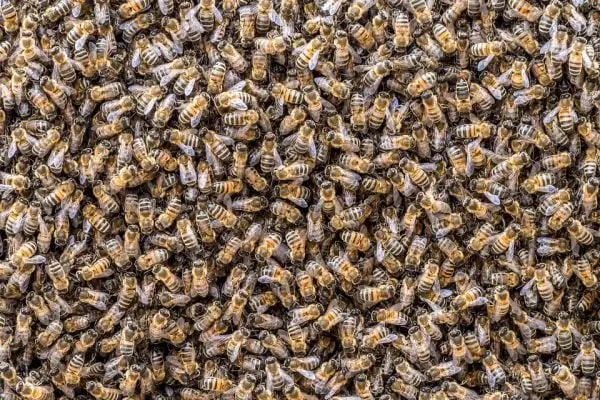Eels, with their serpentine bodies and mesmerizing dance through the water, have captivated human curiosity for centuries. These enigmatic creatures, shrouded in mystery and folklore, play a vital role in marine and freshwater ecosystems. Beyond their unique biology lies a fascinating layer of language, the collective nouns used to describe their gatherings. Let’s delve into the world of eels, exploring the diverse terms that paint a vivid picture of their social behavior and the enduring allure they continue to possess.
Collective Nouns for Eels
Unlike some animals with singular collective nouns, eels boast a diverse vocabulary, each term reflecting the specific context and behavior of the group:
- Bed: This widely used term signifies a large and densely packed group of eels often found resting or feeding on the seabed. It evokes a sense of tranquility, abundance, and the intricate social dynamics within these aggregations.
Example: As the sunlight filtered through the crystal-clear waters, a bed of eels lay nestled amongst the vibrant coral reefs. Their slender bodies intertwined, creating a mesmerizing tapestry of life on the ocean floor, highlighting the interconnectedness within diverse marine ecosystems.
- Conger: This specific term describes a group of eels living together in a single body of water, particularly freshwater habitats like rivers and lakes. It evokes a sense of community, shared space, and the potential for long-term cohabitation within these established groups.
Example: Deep within the meandering river, a conger of eels had established their home within a submerged tree trunk. The larger, older eels guarded the entrance, while the younger ones explored the surrounding reeds, showcasing the hierarchical structure and cooperative nature found within these social groups.
- Run: This term captures the essence of a large group of eels migrating together, often upstream during spawning season. It evokes a sense of shared journey, synchronized movement, and the remarkable resilience displayed by these creatures during their arduous journeys.
Example: Propelled by an ancient instinct, a run of eels braved the rushing currents, their bodies shimmering silver in the moonlight. They battled against strong tides and navigated complex obstacles, highlighting the extraordinary lengths these creatures go to ensure the continuation of their species.
- Swarm: This term, less commonly used than others, describes a dense and tightly packed group of eels moving in a coordinated manner, often associated with feeding or predator avoidance. It evokes a sense of collective movement, synchronized action, and the potential for swift and coordinated responses to external stimuli.
Example: Alerted by the vibrations of approaching prey, a swarm of eels erupted from the murky depths, their bodies twisting and turning in perfect unison. This sudden and coordinated display of movement showcased their remarkable agility and efficiency in securing their next meal.
Interesting Facts About Eels
Understanding these collective nouns deepens our appreciation for the diverse behaviors and remarkable life cycle of eels. But venturing deeper reveals their fascinating biology, ecological significance, and the challenges they face:
Masters of Metamorphosis: Eels undergo a remarkable transformation throughout their lives, starting as tiny, leaf-shaped larvae in the ocean before migrating to freshwater rivers and lakes, where they mature into the familiar elongated form. This metamorphosis signifies their remarkable adaptability and resilience.
Vital Ecosystem Engineers: Eels play a crucial role in maintaining healthy ecosystems. They act as both predators and prey, contributing to the balance of food webs. Additionally, their burrowing activities help aerate the sediment and promote nutrient cycling.
Facing Threats: Habitat loss, pollution, and overfishing pose significant threats to eel populations. Understanding these challenges and supporting conservation efforts, sustainable fishing practices, and water quality improvements are crucial for ensuring their continued existence.
A Source of Culinary Delicacy and Cultural Significance: Eels have held cultural significance and served as a culinary delicacy in various societies for centuries. Their unique flavor and nutritional value have contributed to their historical and cultural importance.
Final Thoughts
From the mesmerizing “bed” resting on the seabed to the determined “run” migrating upstream, the diverse collective nouns for eels offer a glimpse into their multifaceted lives and ecological significance. By understanding these terms and appreciating the enduring allure of these fascinating creatures, we foster a deeper respect for their remarkable adaptations, ecological contributions, and the need to ensure their continued existence as vital components of our planet’s biodiversity. So, the next time you encounter information about eels, remember the diverse language used to describe them and appreciate the captivating secrets they continue to hold within their serpentine forms.
Also Read:






